Walking Your Dog After Knee Replacement Surgery: A Timeline for Recovery
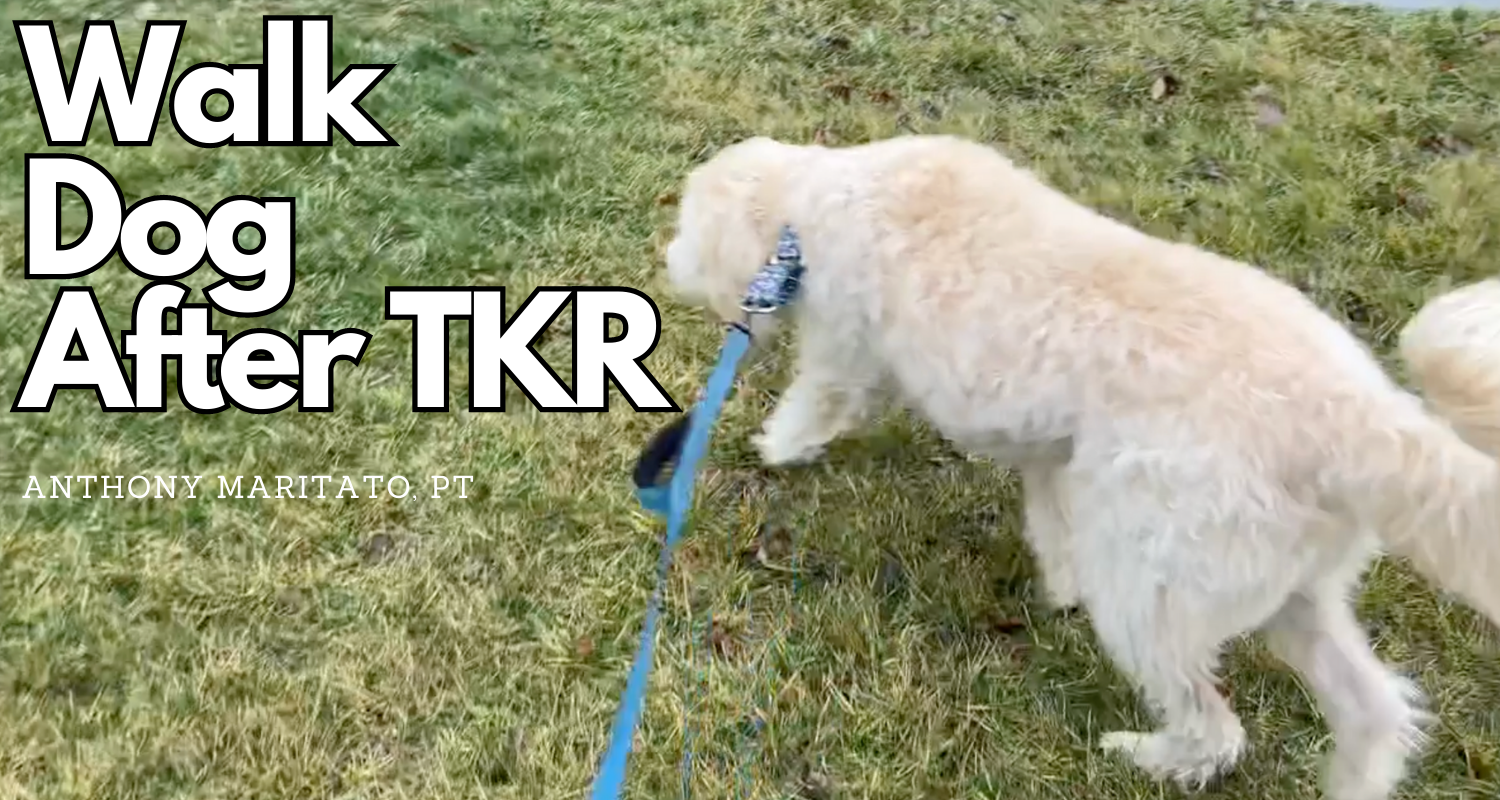
Introduction
Hello, fellow dog lovers and knee replacement warriors! I’m Anthony Maritato, a licensed physical therapist specializing in post-total knee replacement recovery. If you’re like me, your furry companion, Tucker, holds a special place in your heart, and going for walks together is a cherished activity.
As a proud dog owner myself, I understand the strong desire to return to walking your dog after undergoing knee replacement surgery. Tucker, my energetic 3-year-old double doodle, has been my faithful walking partner for years. We’ve explored nature trails, strolled through city sidewalks, and built a bond that brings immeasurable joy to my life.
While I haven’t experienced knee replacement surgery personally, my role as a physical therapist has given me valuable insight into the challenges and aspirations faced by individuals like you who are eager to resume their walks with their beloved canine companions.
In this article, I’ll guide you through the timeline for walking your dog after knee replacement surgery and share essential considerations, precautions, and personal experiences to help you navigate this exciting phase of recovery. Together, let’s embark on a journey that balances your love for your furry friend with your commitment to a successful knee replacement recovery.
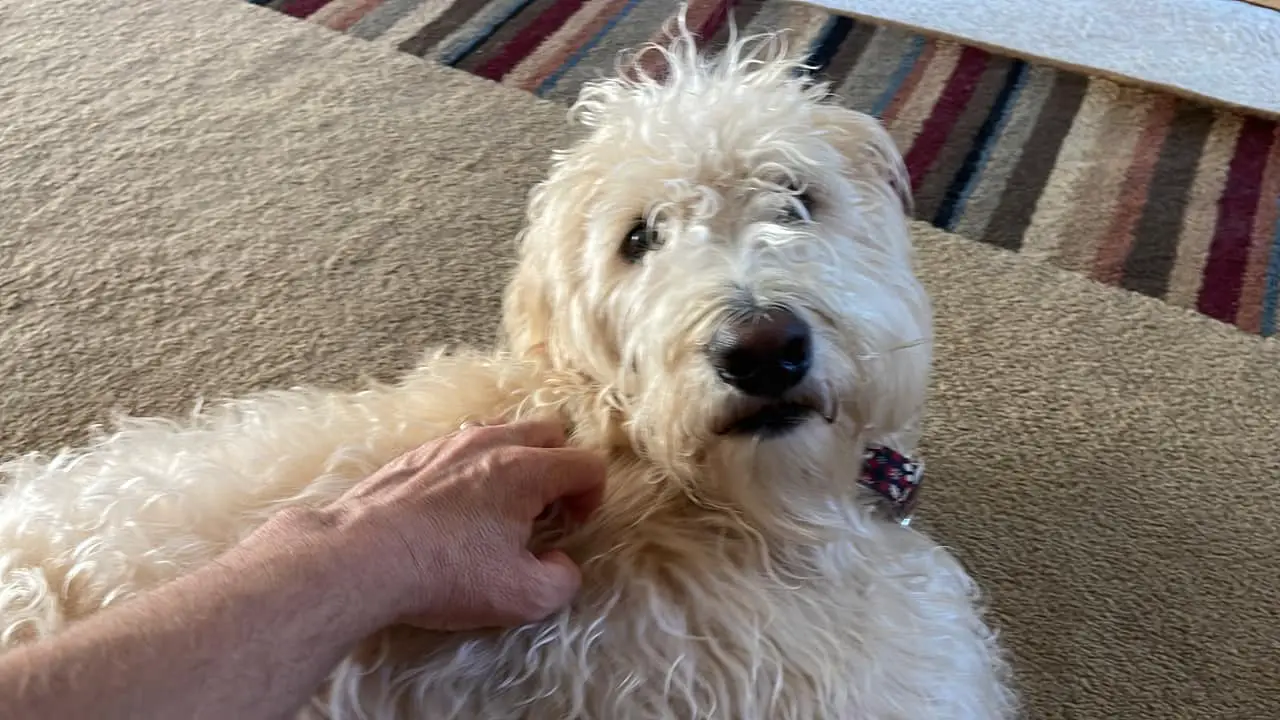
Walking Your Dog After Knee Replacement
Walking your dog after knee replacement surgery is an important part of the recovery process. It not only helps you regain your strength and mobility but also allows you to resume your normal activities with your beloved pet. As a licensed physical therapist and a dog owner myself, I understand the challenges and concerns that come with this phase of recovery.
When Can You Start Walking Your Dog?
Before you can start walking your dog after knee replacement surgery, it’s crucial to consult with your healthcare provider and follow their recommendations. Generally, the timeline for walking your dog varies depending on your individual progress and the specific instructions provided by your healthcare team.
Typically, in the early stages of recovery, you may be advised to avoid walking your dog altogether or limit the activity to short and supervised leash walks. This allows your knee to heal and adjust to the new joint. As you progress and your mobility improves, you can gradually increase the duration and intensity of your walks.
Guidelines for Walking Your Dog
When you are ready to walk your dog after knee replacement surgery, it’s essential to keep a few guidelines in mind to ensure a safe and effective recovery. Here are some tips:
- Start Slow: Begin with short walks, gradually increasing the distance over time. This helps prevent overexertion and allows your knee to adapt to the activity.
- Use a Leash: Keep your dog on a leash during walks to maintain control and prevent sudden movements or strain on your knee.
- Choose the Right Terrain: Opt for even and smooth surfaces, such as sidewalks or paved paths, to minimize the risk of tripping or uneven footing.
- Engage in Strength and Balance Exercises: Incorporate specific exercises recommended by your physical therapist during your walks to improve muscle strength and balance.
Personal Account: Walking Tucker
As a dog owner myself, I understand the joy and companionship that comes with walking your four-legged friend. My dog Tucker, a 3-year-old double doodle breed, loves going on walks with me. Before my knee replacement surgery, we enjoyed exploring nature trails and strolling along sidewalks together. Tucker walks well on a leash and off-leash, which made our walks enjoyable and stress-free.
While I have not personally undergone a total knee replacement, I empathize with dog owners who have. Through my experience as a physical therapist, I have seen how the recovery process can vary from person to person. It’s important to listen to your body, follow your healthcare provider’s advice, and gradually increase your activity level with your furry friend.
Remember, every individual and every dog is unique, so adapt these guidelines to your specific situation and consult your healthcare provider for personalized recommendations.
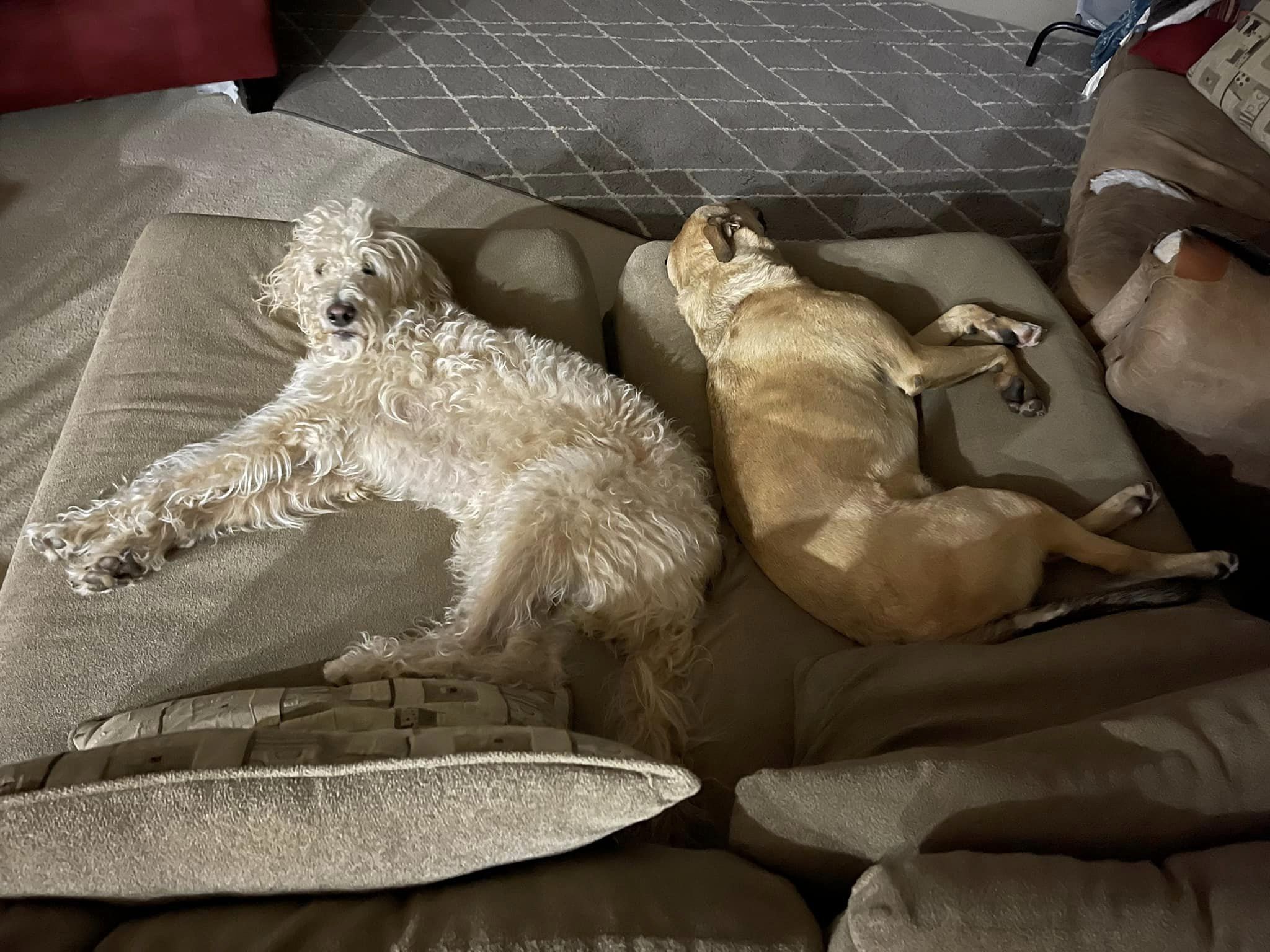
Safety Considerations and Precautions
When walking your dog after knee replacement surgery, it’s crucial to prioritize safety and take necessary precautions to prevent any accidents or setbacks in your recovery. Here are some key considerations to keep in mind:
Risks of Falls or Sudden Movements
As you regain your mobility, there is a risk of falls or sudden movements that can strain your knee. To minimize these risks:
- Ensure Proper Footwear: Wear supportive and comfortable shoes or sneakers that provide stability and reduce the risk of slipping.
- Stay Alert: Be aware of your surroundings and watch out for potential hazards like uneven surfaces, obstacles, or loose leash.
- Practice Controlled Movements: Avoid sudden jerks or quick changes in direction that could strain your knee. Train your dog to walk calmly beside you.
Supportive Leash and Walking Techniques
Using a supportive leash and employing proper walking techniques can help minimize strain on your knee and enhance your overall walking experience with your dog:
- Choose a Supportive Leash: Opt for a leash that offers a comfortable grip and has enough length to allow your dog to walk beside you without pulling or tugging excessively.
- Use Proper Walking Posture: Maintain good posture while walking by keeping your back straight, shoulders relaxed, and core engaged. This helps distribute your weight evenly and reduces strain on your knee.
- Practice Leash Control: Train your dog to walk on a loose leash, discouraging pulling or sudden movements that could affect your balance or knee stability.
Personal Account: Safety Precautions with Tucker
When it comes to walking Tucker after knee replacement surgery, I prioritize safety to ensure a smooth recovery. I always make sure to wear appropriate footwear, such as supportive athletic shoes, to provide stability and reduce the risk of slips or falls.
Using a sturdy leash with a comfortable grip allows me to maintain control over Tucker’s movements. I practice proper walking posture, keeping my back straight and my core engaged to distribute my weight evenly and protect my knee. Additionally, I’ve trained Tucker to walk calmly beside me, avoiding any sudden pulls or jerks that could strain my knee.
Remember, everyone’s recovery process is unique, and it’s important to consult with your healthcare provider for personalized advice. They can provide additional safety recommendations and address any concerns specific to your condition and the needs of your dog.
Conclusion
Walking your dog after knee replacement surgery is not only possible but also an important milestone in your recovery journey. By following the guidelines and precautions discussed in this article, you can safely and gradually regain your mobility while enjoying the companionship of your furry friend.
Let’s recap the key takeaways:
| ✓ | Consult with your healthcare provider to determine when it is safe to start walking your dog. |
| ✓ | Start with short and supervised leash walks, gradually increasing the duration and intensity as your mobility improves. |
| ✓ | Choose even and smooth surfaces for your walks to minimize the risk of tripping or uneven footing. |
| ✓ | Incorporate strength and balance exercises recommended by your physical therapist during your walks. |
| ✓ | Prioritize safety by wearing supportive footwear, staying alert, and practicing controlled movements. |
| ✓ | Use a supportive leash, maintain proper walking posture, and practice leash control techniques. |
Remember, every journey is unique, and it’s essential to listen to your body, follow your healthcare provider’s guidance, and progress at a pace that suits your individual needs. As you and Tucker venture out together, embrace the joy of walking and the healing power of your bond.
For personalized advice and recommendations, don’t hesitate to reach out to your healthcare provider. Wishing you a successful recovery and many happy walks with your furry friend!

Anthony Maritato, PT
Physical Therapist
Anthony Maritato, PT has been a licensed physical therapist and private practice owner since 2006. Ohio license #PT011602.
Anthony has been passionate about helping patients recover from total knee replacement surgery as well as rotator cuff repair surgery.

Overcoming Challenges After Total Knee Replacement: A Guide to Recovery and Empowerment
In this article, we'll explore some strategies to help you walk without a limp and manage swelling following a total knee replacement (TKR) surgery. We'll also provide motivational quotes to keep you inspired and hopeful throughout your recovery journey. Motivational...
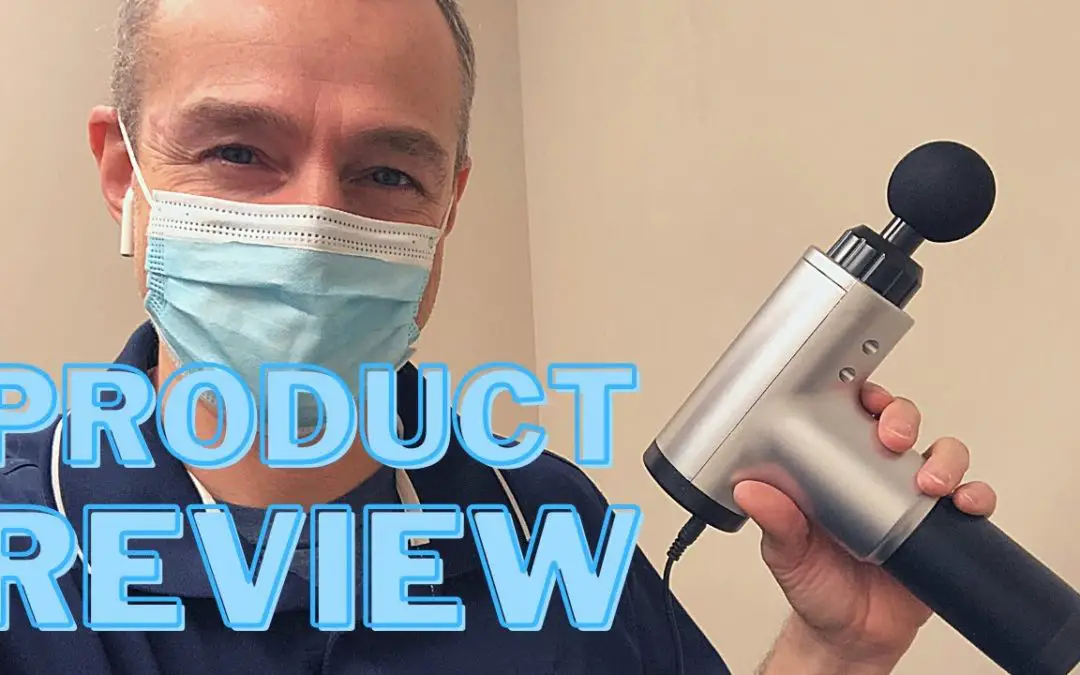
Best Knee Massager for Arthritis in 2022
Choosing the Best Knee Massager for Arthritis In order for you to choose the best knee massager for arthritis, it is important you understand the different types of knee massagers and the different types of arthritis. Osteoarthritis Osteoarthritis (OA) is one of the...
![Buying an Ebike After Total Knee Replacement 2022 [VIDEO]](https://totaltherapysolutions.com/wp-content/uploads/2022/10/EBIKE-After-Total-Knee-Replacement-1080x675.png)
Buying an Ebike After Total Knee Replacement 2022 [VIDEO]
2022 Ebike After Total Knee Replacement Surgery Buying an ebike after total knee replacement surgery can be an amazing way for anyone who loves cycling to resume riding a bike outdoors sooner than expected.Can you ride an ebike after total knee replacement? Yes,...
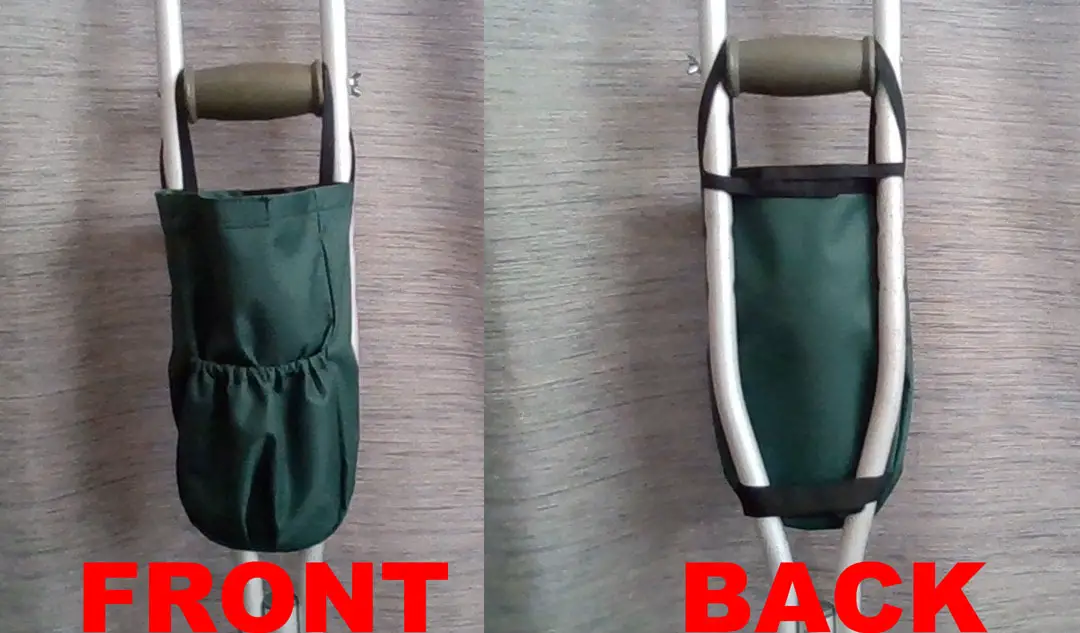
Best Handmade Crutch Bags on Etsy
Best Handmade Crutch Bags on Etsy These are the coolest handmade crutch bags on Etsy because they are handmade and more importantly made by a patient of mine. * Disclosure: I am not paid to promote this product. I just think it is super cool when someone creates...

Why do people hate physical therapy so much?
Do people REALLY hate physical therapy? A recent Quora post I saw asked the question "Why do people hate physical therapy so much?" I think it boils down to a loss of control and the following three aspects: not knowing what to expect, not knowing how much it will...
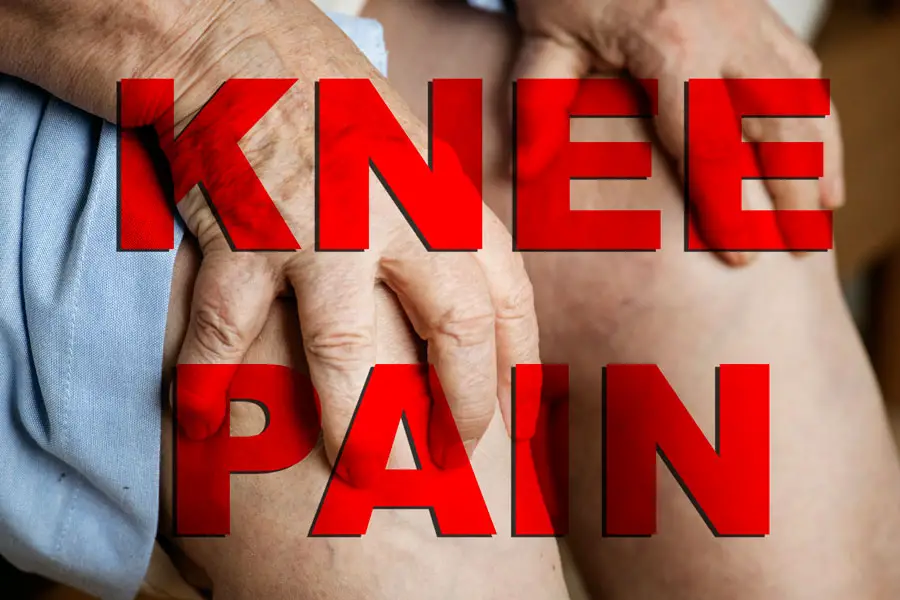
KNEE PAIN – Why Does My Total Knee Replacement Still Hurt So Much
Persistent Knee Pain After Total Knee Replacement Surgery Pain is a highly complex human experience that cannot be easily explained by mechanical problems. It is possible to have scar tissue without pain. It is possible to have limited range of motion without pain. It...
![What is a Heel Prop for Knee Extension [Video]](https://totaltherapysolutions.com/wp-content/uploads/2022/10/Heel-Prop-for-Knee-Extension-900x675.jpg)
What is a Heel Prop for Knee Extension [Video]
Heel Prop for Knee Extension Heel prop for knee extension is a great exercise to perform following a total knee replacement and ACL reconstruction surgery. The exercise may be performed while in a sitting or supine position.https://youtu.be/_Ql-TrBFRQE1. Passive Heel...
What Do I Need at Home After Total Knee Replacement: Day 1 to Week 12
What do I need at home after total knee replacement surgery? (Day of Surgery) Your surgical team should have provided you with a comprehensive checklist of required items you will need for home after your total knee replacement surgery. They will also provide you with...
Total Knee Replacement Exercises Week 1 – Ask Doctor Jo [VIDEO]
https://youtu.be/yL5maSn3M-gOriginal Reference: YouTube Channel Ask Dr. Jo Publish Date: Apr 11, 2016No Pain No Gain Unlike most of the other advice you will find on this website, Dr. Jo says a total knee replacement exercise is a time for punching into the pain. The...